Madonna Pastorella (The Divine Shepherdess) and Christ the Good Shepherd
(2) Oil on canvas, 26 × 32 cm
The pair of paintings examined depict two Christian pastoral iconographies that are rarely seen together: the Madonna Pastorella, also known as the Divina Pastora or Mother of the Good Shepherd, and Christ the Good Shepherd. The Virgin is depicted seated in an idyllic landscape, dressed in a blue cloak and red tunic (traditional Marian colours). She wears a straw hat, a sign of humility and connection with rural life. She holds a lamb in her lap, while another approaches and one lies at her feet. On the left, a wolf can be glimpsed, symbolising the dangers from which Mary protects the flock of the faithful.
Christ, covered in a rich red cloak, bare-chested, also wears a wide-brimmed straw hat and sits in a pastoral landscape, surrounded by sheep that approach him trustingly. He carries a shepherd's crook, symbol of spiritual guidance, while his open gesture expresses welcome and salvation. The landscape in the background suggests heavenly serenity and the promise of redemption.
The Madonna Pastorella is an uncommon theme depicting Mary as the protector of the Christian flock, presenting her in the role of mother and spiritual guide, sweet and close to the people. The doctrine of the pastoral nature of the Virgin Mary invoked as Mother of the Good Shepherd is contained in the Deposit of Revelation and has always been more or less explicitly taught by the holy Fathers, doctors and ecclesiastical writers. The title of Shepherdess was applied to Mary, more or less explicitly, in the patristic era (St. Andrew of Crete invokes her as “Immaculate Virgin from whom the great Shepherd and Lamb was born”, St. John Damascene recognises her as ‘Mother of Christ the Shepherd’) and also in more recent times, as can be seen from the devotion of Spanish origin (1703 vision of St. Isidore and subsequent development of the precise iconography).
Christ the Good Shepherd, on the other hand, is one of the oldest iconographies of Christianity, deriving from the Gospel of John (10:11): ‘I am the good shepherd. The good shepherd lays down his life for his sheep.’ Here Christ is represented as a loving guardian ready for sacrifice.
In the works analysed, the painting stands out for its vibrant colour and luminosity inherited from the tradition of Titian and Veronese, but filtered through Baroque sensibility. The choice of pastoral subjects reflects the affective and intimate spirituality of the time, linked to a more personal and devout worship.
The central figures are highlighted, the gesture of the hands and the arrangement of the animals guide the gaze, accentuating the theme of care and protection. The sweet, peaceful faces are in keeping with the devotional tradition of the early 18th century, which sought to stimulate an affectionate and confident relationship with the sacred. Warm reds, intense blues and soft greens dominate, with diffused light effects creating a lyrical and contemplative atmosphere.
This pair of paintings is a refined example of Marian and Christological devotion in a pastoral key, expressing the spirituality of the early 18th century. The juxtaposition of Mary and Christ as shepherds emphasises the salvific and protective role of both, offering a comforting and reassuring vision of faith.
- All our works are accompanied by a detailed certificate of authenticity.
- Professional packaging and insured shipping to ensure maximum safety during transport.
- For further information, please do not hesitate to contact us on +39 3335747733 – info@dequart.com
- VIDEO CALLS and direct viewings by appointment in MILAN and OMEGNA (Vb) are available.
- Further information and photographs: www.dequart.com IG - FB @dequ.art



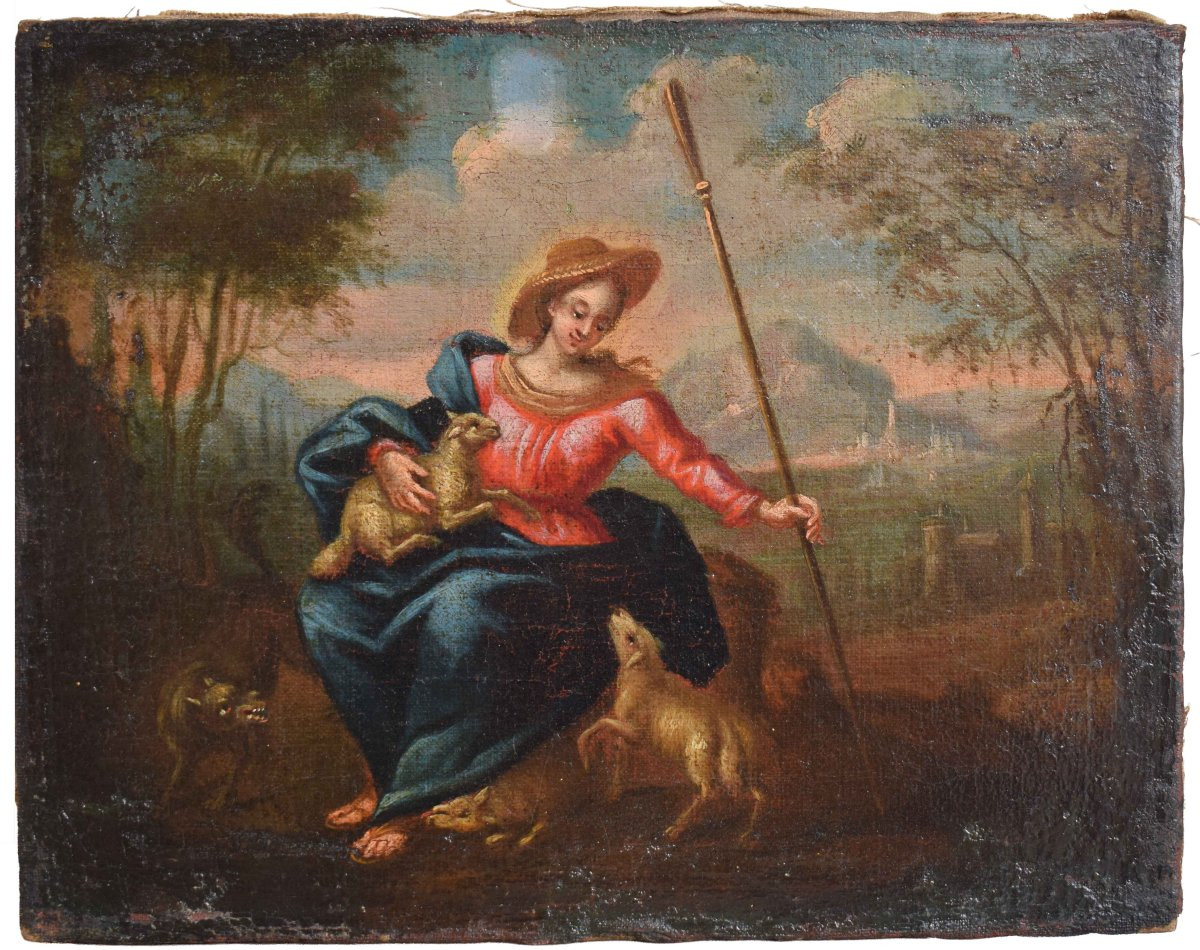






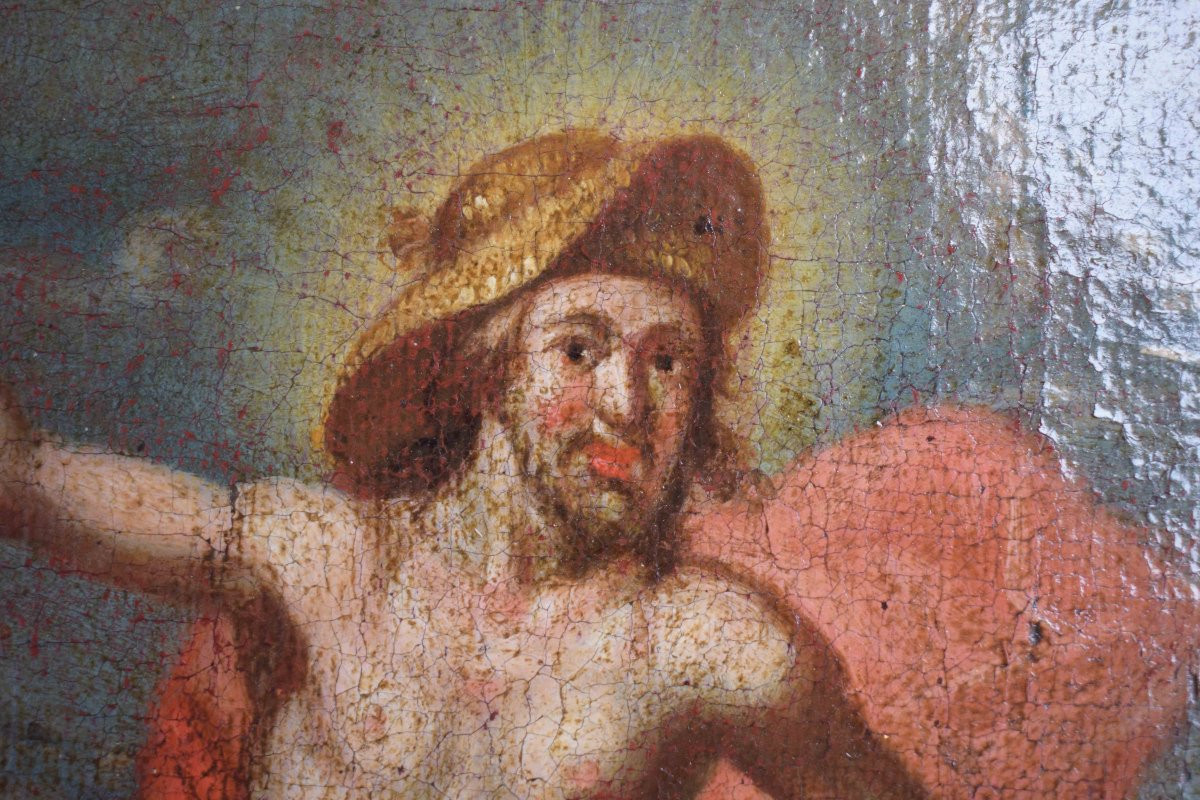





















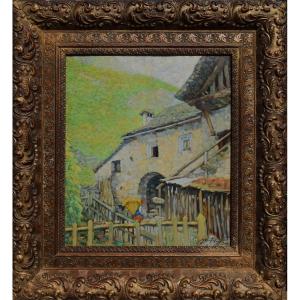





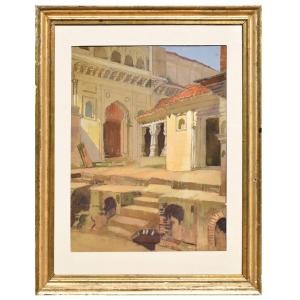
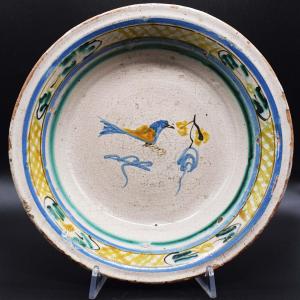
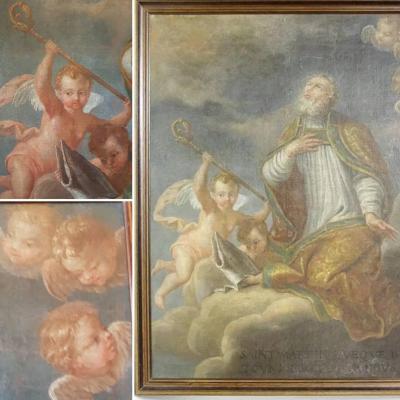


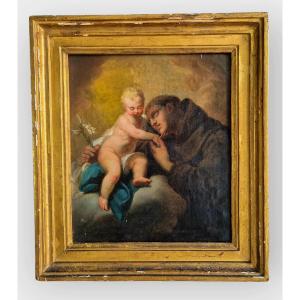




 Le Magazine de PROANTIC
Le Magazine de PROANTIC TRÉSORS Magazine
TRÉSORS Magazine Rivista Artiquariato
Rivista Artiquariato